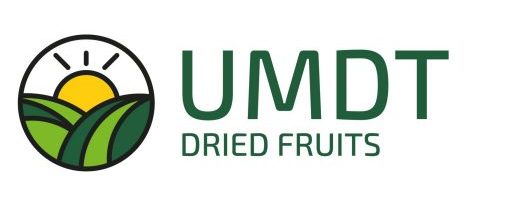In the world of dried fruits, one element stands out as both a challenge and an opportunity: seasonality. This is especially true for dried figs, whose quality and availability are closely tied to specific harvest periods. At UMDT Dried Fruits, understanding and responding to these seasonal factors enables us to deliver top-quality dried figs to customers worldwide.
Here, we’ll explore how seasonality impacts dried figs and share how UMDT manages these natural dynamics to maintain a consistent, premium product for our valued clients.
The Growing Cycle of Figs and Seasonality
Figs are unique, sensitive fruits with a relatively short harvesting window. In Turkey, a world-renowned source for high-quality figs, the harvest typically takes place in late summer and early fall. This is when the figs reach their peak ripeness, boasting rich flavor, nutritional density, and an ideal texture for drying.
Once harvested, figs must be carefully dried and stored to ensure they remain fresh and flavorful until they reach the end consumer. At UMDT, we rely on natural drying methods, allowing the figs to slowly sun-dry. This method preserves their natural sweetness, chewy texture, and nutritional benefits. The drying process depends on optimal weather conditions—sunshine, low humidity, and gentle breezes—key factors in achieving the quality that UMDT stands behind.
The Role of Seasonal Variations in Quality
The quality of dried figs can vary significantly based on seasonal factors, including temperature fluctuations, rainfall patterns, and timing of harvest. A slightly delayed season can lead to fruit that’s overripe, while an early season can produce fruit that hasn’t fully developed its flavor and texture.
Each season presents its own challenges, which makes quality control even more essential. For example, an unusually rainy season may increase the risk of mold, while excessive heat during the drying phase can impact texture. UMDT’s quality control team constantly monitors these seasonal changes to ensure that our dried figs consistently meet high standards. By adjusting our drying techniques and timing, we can mitigate many seasonal risks.

How Seasonality Impacts Availability and Market Dynamics
The seasonal nature of fig harvesting means that availability can fluctuate. This can impact supply chains, especially for buyers who rely on regular, year-round shipments. It is essential to plan inventory carefully, storing enough stock to accommodate market demand until the next harvest season.
This is important in our all markets, where clients benefit from UMDT’s commitment to smaller, flexible shipments. By anticipating market needs and maintaining a strategic stock of high-quality figs, we’re able to fulfill customer orders throughout the year, regardless of the season.
UMDT’s Commitment to Quality and Consistency
At UMDT, we are dedicated to providing premium dried figs that consistently meet our customers’ expectations. This is why we invest heavily in understanding and adapting to seasonal variations. Our clients trust us to deliver quality, and we achieve this by combining traditional practices with careful planning and rigorous quality control.
Whether it’s a rainy season, an early harvest, or a particularly hot drying period, our goal remains the same: to bring the best Turkish dried figs to tables across Europe and beyond. By balancing the natural rhythms of fig growing with strategic planning, we ensure that UMDT’s dried figs remain a reliable, flavorful, and nutritious choice for consumers everywhere.
If you’d like to learn more about our dried figs or discuss how UMDT Dried Fruits | Figs | Apricots | Raisinscan meet your business’s unique needs, we’d love to hear from you. Contact us at info@umdt.com.tr or call +90 532 608 2887.
Let us help you bring premium Turkish dried figs to your customers—reach out today to start the conversation!




